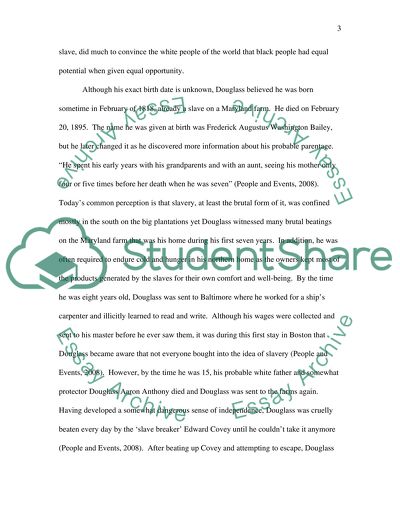Cite this document
(“Frederick Douglas - liberation of slaves Research Paper”, n.d.)
Retrieved from https://studentshare.org/miscellaneous/1567283-frederick-douglas-liberation-of-slaves
Retrieved from https://studentshare.org/miscellaneous/1567283-frederick-douglas-liberation-of-slaves
(Frederick Douglas - Liberation of Slaves Research Paper)
https://studentshare.org/miscellaneous/1567283-frederick-douglas-liberation-of-slaves.
https://studentshare.org/miscellaneous/1567283-frederick-douglas-liberation-of-slaves.
“Frederick Douglas - Liberation of Slaves Research Paper”, n.d. https://studentshare.org/miscellaneous/1567283-frederick-douglas-liberation-of-slaves.


